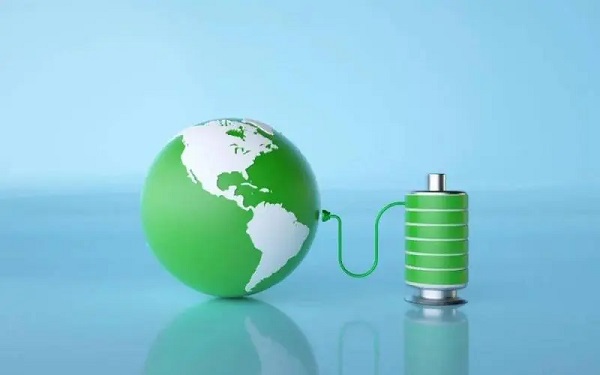In the new era of power systems, energy storage has become a crucial component for ensuring the integration of renewable energy sources and ensuring grid stability. It finds applications in power generation, grid management, and end-user consumption, making it a highly sought-after technology. This article aims to evaluate and analyze the cost composition, current development status, and future prospects of lithium-ion battery energy storage.

Cost Composition of Energy Storage Batteries:
The cost of energy storage systems primarily consists of five components: battery modules, Battery Management Systems (BMS), containers (including Power Conversion Systems), civil construction and installation costs, and other design and debugging expenses. Taking a 3MW/6.88MWh energy storage system in a factory in Zhejiang Province as an example, battery modules account for 55% of the total cost.
Battery Technology Comparison:
The lithium-ion energy storage industry chain consists of upstream equipment suppliers, midstream integrators, and downstream end-users. The equipment includes batteries, Energy Management Systems (EMS), Battery Management Systems (BMS), and Power Conversion Systems (PCS). Integrators include energy storage system integrators and Engineering, Procurement, and Construction (EPC) companies. End-users comprise power generation, grid management, end-user consumption, and communication/data centers.
Lithium-ion Battery Cost Composition:
Lithium-ion batteries are the core components of electrochemical energy storage systems. The market currently offers various battery technologies, including lithium-ion, lead-carbon, flow batteries, and sodium-ion batteries. Each technology has different response times, discharge efficiencies, and advantages and disadvantages for specific applications.
The cost of battery packs constitutes the major portion of the electrochemical energy storage system’s overall cost, accounting for up to 67%. The remaining costs include energy storage inverters (10%), battery management systems (9%), and energy management systems (2%). Within the lithium-ion battery cost, the cathode material represents the largest share at approximately 40%, followed by the anode material (19%), electrolyte (11%), and separator (8%).
Current Trends and Challenges:
The cost of energy storage batteries has been declining due to the decreasing prices of lithium carbonate since 2023. The adoption of lithium iron phosphate batteries in the domestic energy storage market has further contributed to cost reduction. The unit prices of materials such as cathode and anode materials, separator, electrolyte, current collector, structural components, and others have been affected by these factors.
However, the energy storage battery market has shifted from a shortage of production capacity to an oversupply situation, leading to intensified competition. New players from various sectors, including power battery manufacturers, photovoltaic companies, emerging energy storage battery companies, and established energy storage veterans, have entered the market. The influx of new players and the expansion of existing players’ production capacity pose risks of market reshuffling.
Conclusion:
Despite the current challenges of oversupply and intense competition, the energy storage market continues to expand rapidly. As a potential trillion-dollar market, it offers significant opportunities for growth, especially with the continuous promotion of renewable energy policies and the robust development of China’s industrial and commercial sectors. However, in this phase of oversupply and intensified competition, downstream customers will demand higher quality standards for energy storage batteries. New entrants must establish technological barriers and core competencies to thrive in this environment.
In conclusion, the Chinese market for lithium-ion and energy storage batteries presents both challenges and opportunities. Understanding the cost composition, technology trends, and market dynamics is crucial for companies seeking to establish a strong presence in this rapidly evolving industry.